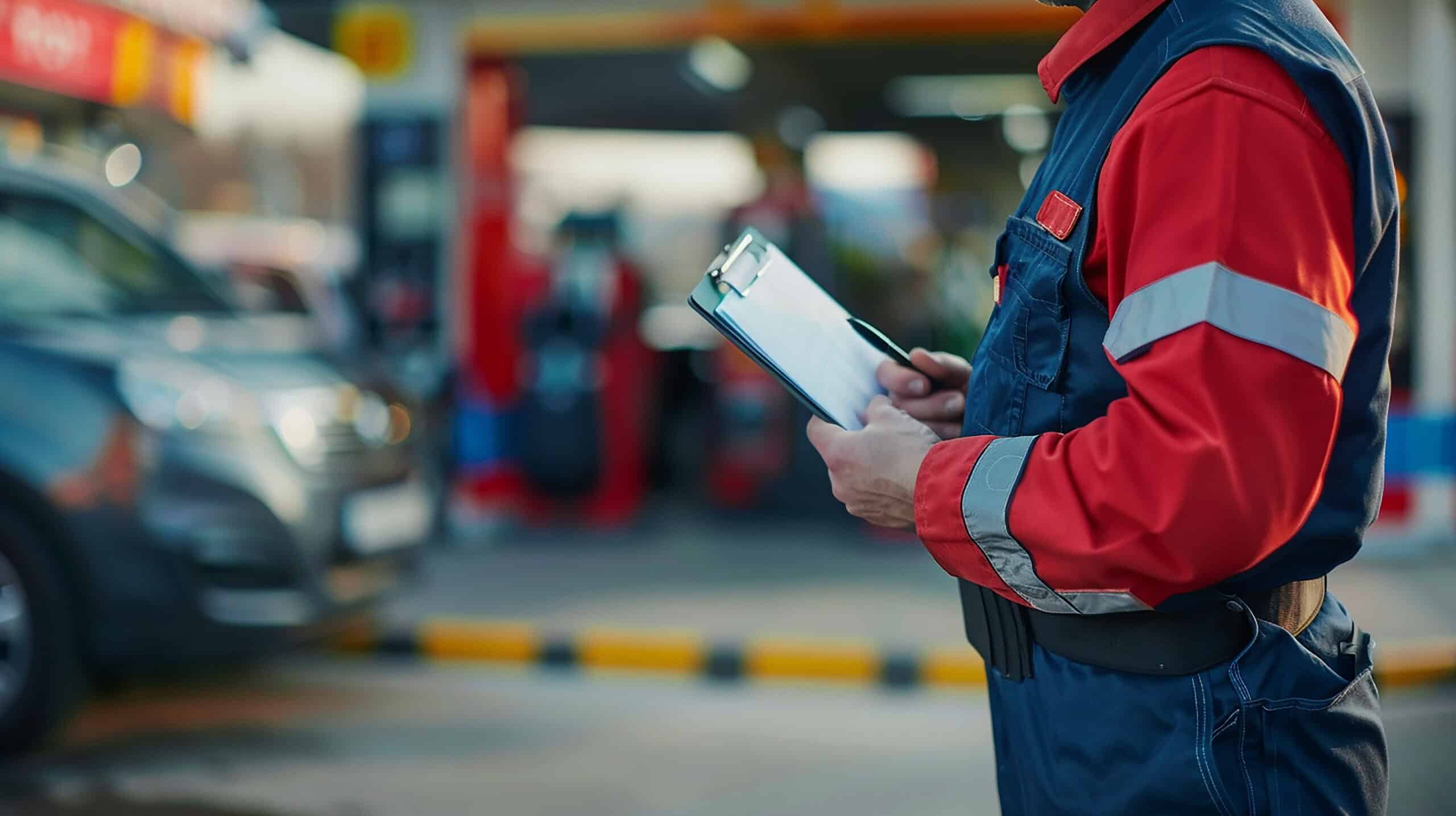The promise of hydrogen mobility in securing California’s green energy future
As a trendsetter in renewable energy initiatives, California leads the nation in establishing ambitious goals for reducing greenhouse gas emissions in the years and decades to come.
The state’s renewable portfolio standard (RPS) requires utilities and load-serving entities to obtain 60% of all retail sales from renewable energy sources by 2030, with 100% zero-carbon energy planning by 2045. Central to these initiatives is the use of clean energy sources such as natural gas, nuclear power, biomass, and renewable power like solar, wind, and hydrogen for use in homes, vehicles, portable power, and other applications.
Why transportation is a critical focus in California’s energy future
California has the highest number of registered passenger vehicles of all U.S. states. Cars, trucks, and other vehicles on California roadways account for roughly 40% of the state’s atmospheric pollution. An Executive Order penned in 2020 requires all new car sales in the state to be emissions-free by 2035. Leading automakers are investing in the design and manufacture of fuel cell electric vehicles (FCEVs) for their light, medium, and heavy-duty vehicles and oil and gas producers are looking to hydrogen as a promising fuel source for replacing gasoline and diesel-powered drivetrains.
The ABCs of FCEVs
FCEVs or fuel cell electric vehicles, use a propulsion system in which energy stored as hydrogen is converted to electricity by the fuel cell. The power is generated by an electrochemical reaction in which hydrogen molecules break apart into protons and electrons, which recombine with protons and oxygen molecules to form water and heat as the only two byproducts.
The hydrogen is stored in a tank on the vehicle similar to gas tanks used by internal combustion systems. The essential difference: FCEVs do not produce harmful tailpipe emissions, but rather only pure water and heat. Unlike electric vehicles (EVs), FCEVs afford densely-packed fuel cells that can power vehicles for over 300 miles with refueling times of less than four minutes. Only two hydrogen-powered cars are currently on the market: the Hyundai Nexo SUV and the Toyota Mirai.
Increasing numbers of auto manufacturers, petrochemical industry producers, and supply chain companies are apt to enter the market thanks to the $1.2 trillion infrastructure bill Congress signed into law in 2021. The bill provides incentives for the deployment of electric vehicle charging infrastructure, including hydrogen fueling stations, which is key to driving broad market demand and consumer acceptance. A series of television ads launched in the Spring of 2022 by the California Hydrogen Coalition was designed to promote hydrogen cars and urge the state legislature to create additional funding for hydrogen fueling stations across the state.
Collaboration holds the key to a renewable energy future for all.
The transition to hydrogen-powered mobility and the infrastructure it requires will play an increasingly vital role in California’s green energy future. California’s zero-emissions future is dependent on the collaboration of renewable energy producers, auto manufacturers, government and municipal agencies, and the environmental engineering companies that are building the infrastructure for the storage, delivery, and supply of clean hydrogen.
Contact us today to discuss your clean energy project and to learn more about how our end-to-end renewable energy projects are building a foundation for today’s and tomorrow’s green energy future.





